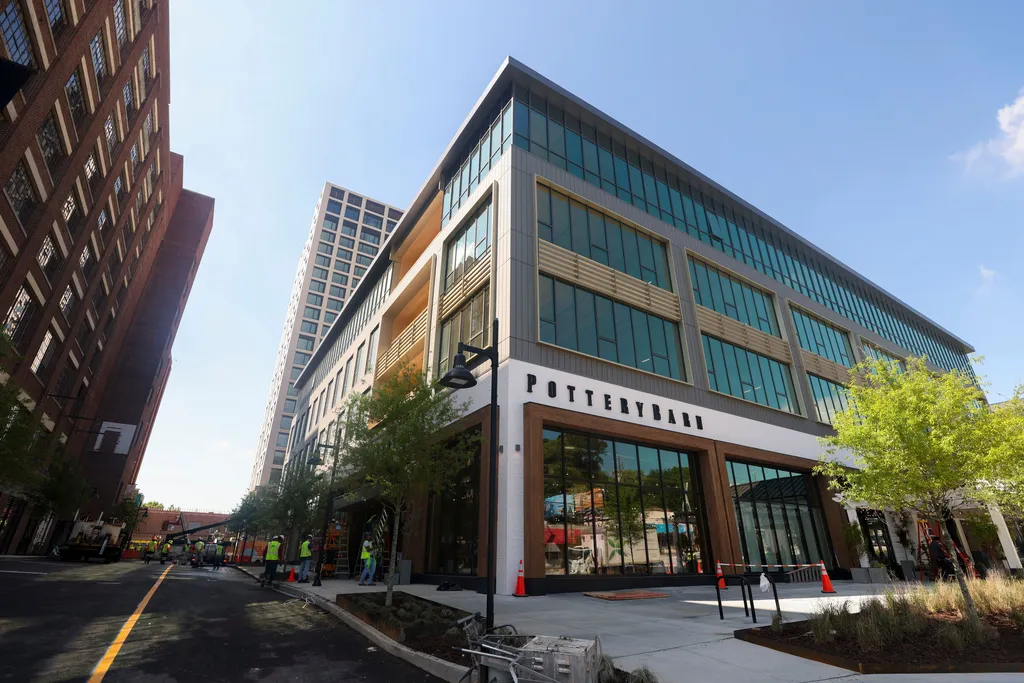In the heart of Atlanta, Georgia, a groundbreaking study is challenging the status quo of mid-rise office construction. Researchers from Clemson University’s School of Civil and Environmental Engineering and Earth Sciences have published a comparative case study in the journal *Environmental Research Communications* (translated to English as “Environmental Research Communications”), revealing that an all-wood floor system could significantly reduce the environmental impact of commercial buildings. The lead author, Muzan Williams Ijeoma, and her team conducted a cradle-to-grave whole-building life cycle assessment (WBLCA) of two functionally equivalent mid-rise office buildings—one constructed using mass timber with an all-wood composite floor system, and the other using conventional steel and reinforced concrete.
The study, which utilized Tally®, a Revit-integrated LCA tool, evaluated environmental impacts across eight categories, including global warming potential (GWP), acidification, eutrophication, and energy use. The results were striking. The mass timber building required 25% less material mass and achieved a 4.5% reduction in GWP over a 50-year service life. “The timber building stored a substantial amount of biogenic carbon, which is a significant advantage,” Ijeoma explained. “However, the carbon advantage was diminished by conservative end-of-life modeling, which assumed a high rate of wood landfilling and steel recycling.”
One of the most compelling findings was the mass timber building’s ability to store 857,551 tCO₂-eq in wood components, highlighting the potential of biogenic carbon storage in construction. However, the study also revealed that the timber structure exhibited higher eutrophication and acidification impacts, primarily due to emissions from adhesives and chemical treatments. This underscores the need for integrated material strategies and circular end-of-life planning.
The research has significant implications for the energy sector and commercial construction. As the demand for sustainable building practices grows, the use of mass timber could offer a viable alternative to traditional steel and concrete structures. “Our findings emphasize the need for regionally grounded modeling to fully realize the environmental potential of wood-based construction,” Ijeoma noted. This could pave the way for more innovative and sustainable building practices, particularly in the U.S. Southeast.
The study also highlighted the disproportionate impact of finishes and non-structural components on overall environmental impacts, illustrating the limitations of focusing solely on structural materials in building LCA. This insight could drive future developments in the field, encouraging a more holistic approach to sustainable construction.
As the construction industry continues to evolve, this research serves as a catalyst for change, prompting professionals to reconsider the materials they use and the end-of-life strategies they implement. The findings published in *Environmental Research Communications* offer a glimpse into a future where sustainable, wood-based construction could become the norm, reshaping the commercial landscape and contributing to a greener, more energy-efficient built environment.

